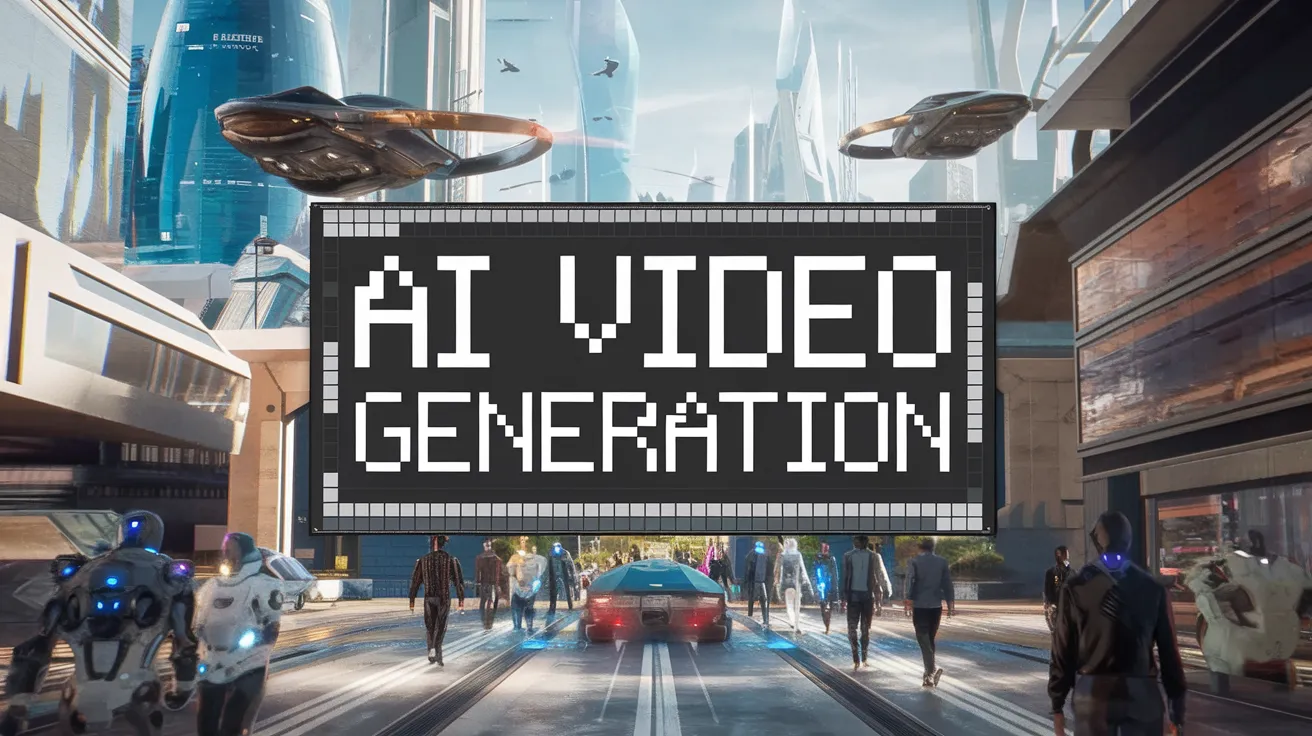The Dangers of AI Video Generation

The advent of AI video generation technology marks a significant new era in how we create and consume media. Recently, I witnessed a demonstration of Sora, OpenAI’s new video generation tool, and while the technology was undoubtedly impressive, it also evoked a sense of foreboding about our relationship with authenticity in visual media. Upon request, Sora produced a strikingly realistic short video of a tree frog in the Amazon rainforest, complete with elaborate aerial shots that showcased stunning visuals. Despite the high level of detail, what struck me most was a profound sadness; while the execution was flawless, the reality was fabricated.
An Unsettling Reality
Sora’s release in the U.S. is part of a broader trend, with other tech giants like Meta and Google also developing similar video generation tools. This surge of technological capabilities invites a pressing question: Are we sufficiently prepared for a world where it is increasingly difficult to distinguish between genuine footage and artificial creations?
The rapid evolution of generative AI has already transformed the landscape of text and image creation, but the stakes seem even higher with video. Historically, moving images have proven more challenging to manipulate convincingly, yet AI is poised to change this paradigm entirely. The potential for misuse of such technology is alarming, as we are already witnessing cases of AI being used for impersonation scams, political disinformation, and even the creation of malicious deepfakes.
The Risks of Fake Video Content
The creators of these advanced tools acknowledge the risks associated with them. OpenAI introduced Sora selectively to trusted partners before its full release, including safety features like content restrictions and watermarks to signal AI-generated footage. Nevertheless, as concern grows over severe misuse, we must also consider less obvious forms of video deception—like those in casual social media videos. Even benign-looking content, such as a playful animal clip, now carries the question of authenticity, complicating our engagement with everyday media.
Authenticity in Question
While AI has legitimate applications in fields like CGI for filmmaking, it raises the philosophical question of purpose in creating content that lacks authenticity. I have long appreciated nature documentaries for their capacity to transport viewers to the beauty of our natural world, emphasizing the genuine effort behind capturing these moments. In stark contrast, AI-generated imagery can recreate realistic scenes without any of the authenticity or human effort that contributes to their allure.
Moreover, the emotional impact of what we view is fundamentally altered when we are aware that it could all be a simulation. A study suggests that audiences appreciate images regardless of their authenticity as long as they are oblivious to the creation process. However, once that deception is understood, the experience diminishes, turning the joy of discovery into a dimmer, more cautious engagement with content.
The Deceptive Nature of AI
As the output of AI becomes increasingly believable, it threatens our trust in actual photographs and videos. Simple interactions—such as sharing a cute video of a bunny on social media—now prompt questions about its authenticity, thereby detracting from genuine moments of joy. The hesitance to simply enjoy a shared experience due to concerns over its reality illustrates how deeply the rise of generative AI can affect even mundane aspects of life.
In this climate of digital doubt, the challenge lies in navigating a world where anything can easily be manipulated or faked. While these new technologies hold great creative promise, they also come with profound ethical responsibilities. As we grapple with this new frontier, ensuring our interaction with media remains meaningful and genuine is paramount.
Written by Victoria Turk, a London-based journalist exploring the intersection of technology and society.